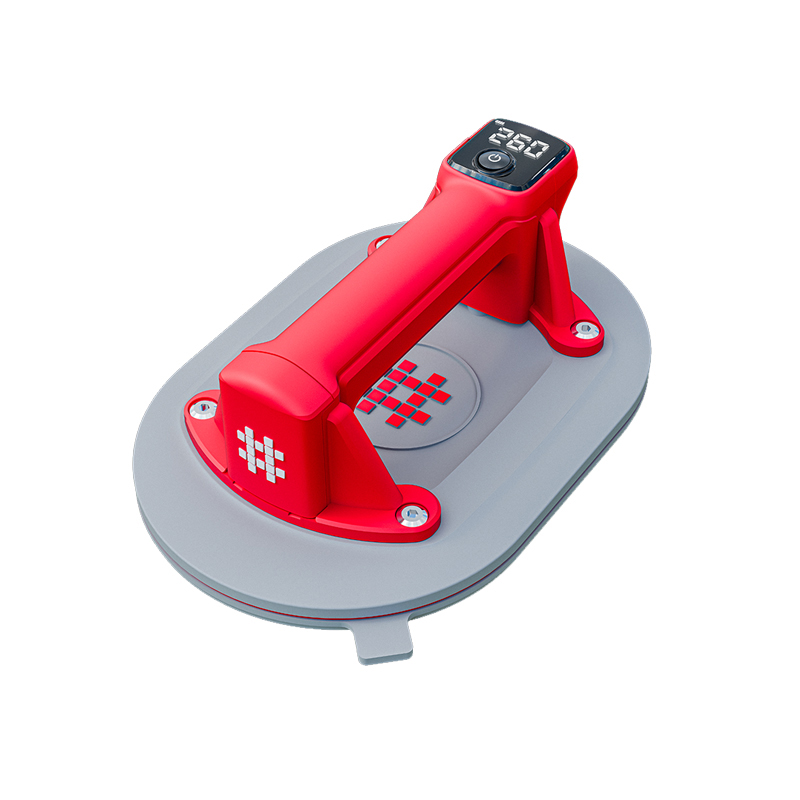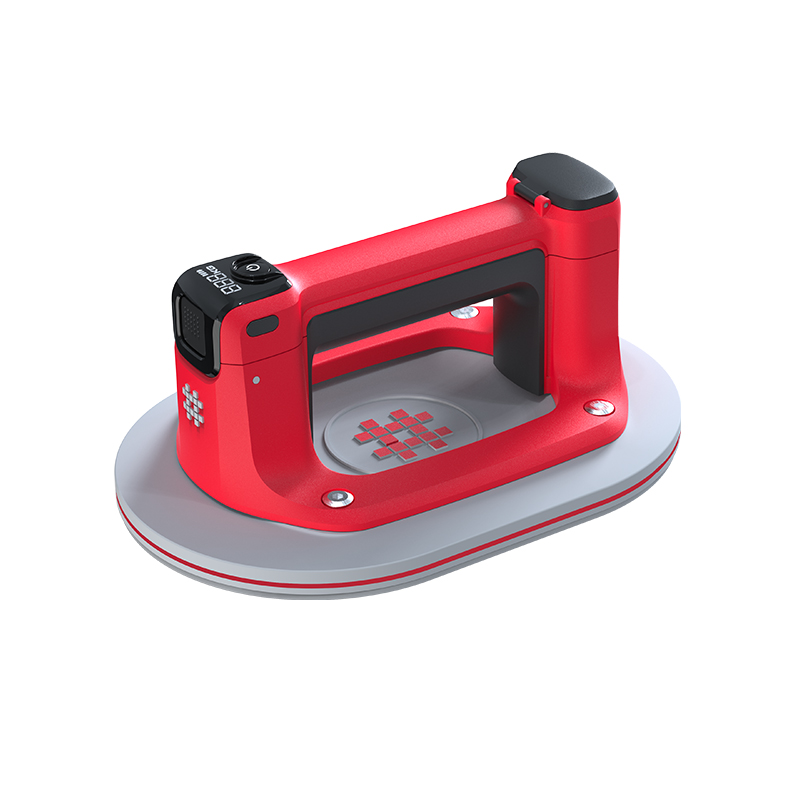You can learn the recent information of Shijing.
-4.jpg)
Vacuum suction cups have long fascinated scientists and engineers with their remarkable ability to grip onto surfaces with incredible strength. From industrial robots handling delicate objects to household tools like suction hooks, the applications of these cups are vast and diverse. But what exactly is the secret behind their powerful grip? In this exploration, we delve into the principles and mechanisms that make vacuum suction cups such efficient tools.
At the heart of a vacuum suction cup lies a simple yet ingenious concept: the utilization of negative pressure or vacuum to create a strong adhesive force between the cup and the surface it adheres to. This fundamental principle is employed in various designs across industries, from heavy-duty lifting equipment to everyday household items.
The mechanism of a vacuum suction cup can be broken down into several key components. To begin with, there is the cup itself, typically made of a flexible and airtight material such as silicone or rubber. This cup is designed to form a tight seal against the surface, preventing air from entering the space between the cup and the surface.
Next, there is the vacuum system, which creates the negative pressure necessary for adhesion. This system often consists of a pump or a suction device connected to the cup via a tube or channel. When activated, the pump removes air from inside the cup, creating a vacuum. As a result, atmospheric pressure pushes the cup firmly against the surface, creating a strong grip.
One of the key factors influencing the effectiveness of vacuum suction cups is the quality of the seal they form with the surface. Any imperfections or debris on either the cup or the surface can compromise the seal and reduce the cup's gripping power. Therefore, manufacturers employ meticulous design and manufacturing processes to ensure a nice seal, often incorporating features such as specialized sealing lips or textured surfaces to enhance adhesion.
Furthermore, the choice of materials plays a crucial role in determining the performance and durability of vacuum suction cups. Silicone and rubber are popular choices due to their flexibility, resilience, and ability to maintain airtight seals over extended periods. However, advancements in materials science have led to the development of novel materials with enhanced properties, such as improved heat resistance or chemical compatibility, expanding the range of applications for vacuum suction cups.
Another aspect that contributes to the effectiveness of vacuum suction cups is their design geometry. The shape and size of the cup influence the distribution of force and the surface area in contact with the object, thereby affecting the overall gripping power. Engineers carefully optimize these parameters based on the specific requirements of each application, ensuring better performance and reliability.
In addition to their gripping strength, vacuum suction cups offer other advantages that make them versatile and practical tools. For instance, they can be easily attached and detached without leaving residue or causing damage to surfaces, making them ideal for temporary applications or frequent repositioning. Moreover, their ability to conform to irregular surfaces further enhances their utility in various settings.
The applications of vacuum suction cups span a wide range of industries and sectors. In manufacturing, they are employed in automated processes for handling and manipulating objects, such as picking and placing components on assembly lines or loading and unloading materials in warehouses. In the automotive industry, vacuum suction cups are used for tasks like glass installation and panel lifting. They are also widely utilized in the packaging, electronics, and logistics sectors, among others.
Outside of industrial settings, vacuum suction cups find numerous applications in everyday life. From hanging shower caddies and kitchen utensils to securing decorations and signage, their versatility and convenience make them indispensable in households around the world. Moreover, advancements in consumer technology have led to the integration of vacuum suction cups in devices like smartphone holders and dashcams, providing secure mounting solutions for on-the-go use.
In conclusion, the powerful grip of vacuum suction cups is a result of ingenious design, precise engineering, and the fundamental principles of physics. By harnessing the forces of negative pressure and atmospheric pressure, these simple yet effective devices are capable of securely adhering to a wide variety of surfaces with remarkable strength and reliability. As technology continues to advance, we can expect to see further innovations and applications of vacuum suction cups across industries and everyday life, continuing to unlock their full potential.
 English
English 中文简体
中文简体 русский
русский Español
Español Deutsch
Deutsch


.jpg)

.jpg)
.jpg)



-2.jpg)
.jpg)
-3.jpg)
-5.jpg)

.jpg)


.jpg)







